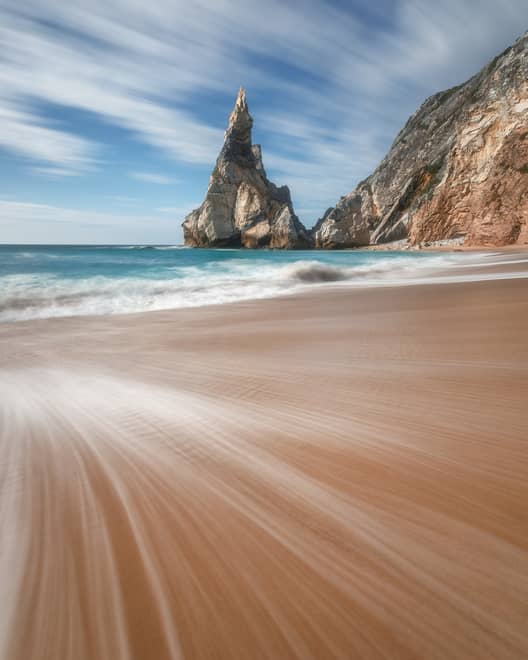Learning to capture beautiful landscape photos is very rewarding and might take some time to master, especially when shooting for fine art.
Last week, I shared with you 5 simple tips to improve your landscape photography. They are basic tips that can often be forgotten so it’s always good to have a reminder.
Here are 5 more tips that will help you take your skills even further and capture stronger landscape photos: :.
1- Shoot in RAW and process your images:
Most cameras have a “landscape mode” that helps you capture vibrant shots without having to worry about digging in your menus. But once you get more comfortable with adjusting your exposure settings, switching to shooting in RAW will become a game changer in your photography journey.
RAW files contain a lot more information that you will be able to manipulate and adjust during post-processing to enhance your images and make them stand out .
This is particularly useful if you’re creating fine art, but even for stock photography, the smallest adjustments can turn an average landscape photo into a sellable one.
2- Include people in your composition

Capturing beautiful and pristine landscapes is great, but beginners often disregard the inclusion of people or human elements in their shots.
Adding a person in your landscape shots not only enhances the story you are telling, but also adds a sense of scale and perspective.
It can also entice the viewer to connect with the people in the shot and transport themselves in their shoes.
3- Look for dramatic skies and clouds

In landscape photography, the sky is as equally important as the scenery. And if the sky looks boring, the final image will turn out uninteresting as well.
Many photographers will wait for the golden hour to enhance the colors in the sky, but there are other options too. For example, while clear blue skies can work well in some situations, waiting for big puffy clouds will add some interest.
Don’t discount overcast days or dramatic clouds either! They can create a strong mood and entirely change the tone of the image.
4- Use polarizers and neutral density filters:
Adding a few specific filters in your photography kit will allow you to enhance your images and add effects that you’d never be able to achieve in post-processing.
For example, polarizing filters can help you cut the strong sun glare and tone down reflections on both water and windows.
Neutral density (ND) filters allow you to capture long exposure shots during daylight hours by cutting the amount of light entering your lens.
Without ND filters, the long exposure image below would have turned out completely overexposed because of the time of day it was taken.

5- Change your perspective
As landscape photographers, sometimes we focus too much on a wide-angle view of the scenery and forget to explore new perspectives. This leads to images that look the same as everyone else’s.
To create unique photos, try to change that perspective by getting higher or lower. Move around and look for smaller details to add to your scene to enhance the story.
You can also ask yourself what makes the place unique and zoom in on that element instead of shooting a wide angle photo. Getting rid of clutter can help create cleaner and stronger images.
And finally, don’t forget to flip your camera and take vertical shots as well! Remember, you’ll never be featured on the cover of a magazine if you forget to shoot vertical photos!
— Daniel











